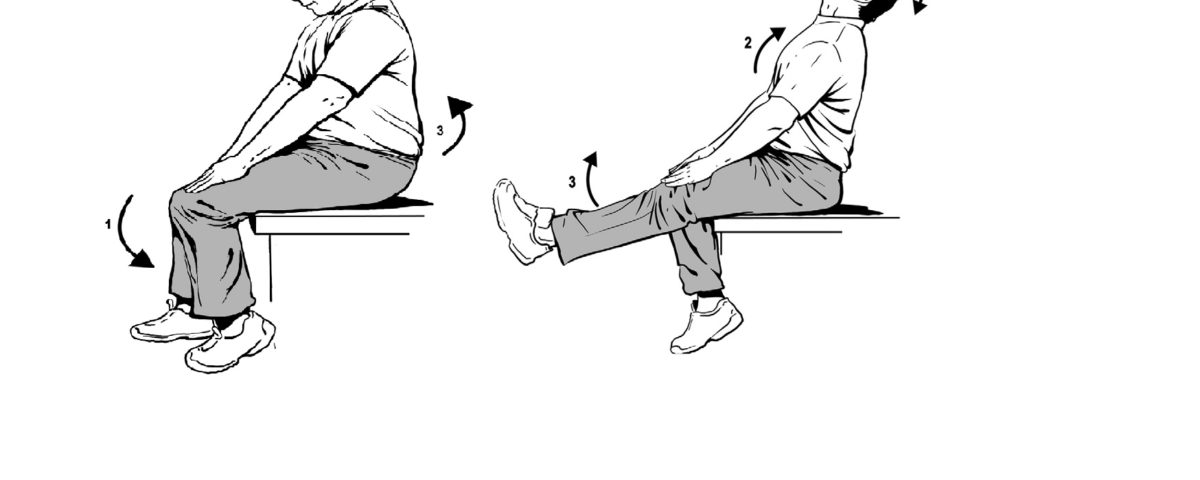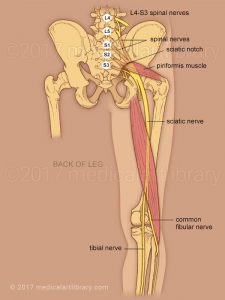How to avoid injury when training for triathlons
October 22, 201710 things you should know about back pain
January 25, 2018Nerve flossing is a method of treatment comparable to stretching of muscles. Flossing helps to gently work the nerves without pain to regain strength and mobility. Flossing is a type of progression that you work your body through to fix nerve problems long-term. Some of the most common needs for flossing include neck pain, lower back pain, carpal tunnel syndrome, sciatica and pinched / entrapped nerves.
About Nerve Flossing
The idea behind nerve flossing is that when the nerve becomes trapped, it grates along the muscles and bones causing scar tissue to build up along the nerve fiber. This creates a lot of discomfort when you move, as the scarred nerve doesn’t glide or move smoothly, flossing helps to break down the restrictions around the nerve caused by scar tissue, thus alleviating the nerve entrapment and allowing the nerve to glide smoothly along its anatomy. It must be noted that a trapped or restricted nerve may not always cause pain, even under orthopedic testing, it’s best to seek a therapist for a full evaluation and determine a full treatment plan.
There are many different nerve related injuries that can occur throughout the body, one common pathology is Sciatica. Sciatica is an irritation of the sciatic nerve, this can have many reasons for irritation from disc prolapse or herniation, SIJ related issues, piriformis or simple nerve entrapment, in all these cases we would recommend to perform nerve flossing exercises to help alleviate the nerve irritation and pain.
There are a few variations of nerve flossing for sciatic nerve they can include seated or laying down.
Seated Sciatic Nerve Flossing Exercise
Sit in a comfortable, but supportive chair, with your back straight and your shoulders down and relaxed, think bad posture and roll shoulders and upper back down (hunched). Start with your knees bent at 90 degrees and both feet flat on the floor then slowly straighten the injured leg. Only go as far as you can without causing pain; however, it’s OK to feel a gentle tugging down the back of your leg, you should not go beyond this point. Slowly lower your leg back to the starting position and complete 15 leg raises up to five times a day. As your symptoms ease, raise your leg then try pointing and flexing your foot — so your toes point up to the ceiling — to increase the nerve glide.
Sciatic Nerve Flossing Laying Down (With Elevated Leg)
You will need to lie flat on your back with the heel of your injured leg resting on a low table or foot rest. Keeping the elevated leg straight, slowly point and flex the foot, making sure your buttocks stay on the floor as you do so. The elevated leg should not be so high that it causes pain; nor should you feel any pain during the foot flexion. Repeat as many times as you can and swap sides if you experience symptoms in both legs.
Precautions
A restricted or entrapped nerve is sensitive and should not be forced or aggravated. So, if you feel any pain while doing nerve glide exercises, or afterward, you should reduce the range of movement and glide to prevent further irritation. The less irritation around the nerve the quicker it will heal and therefore will allow greater pain free movement. Always avoid stretching nerves or gliding through the pain as this will further aggravate the injured nerve. If your pain persists or worsens, you should see a therapist immediately for an accurate diagnosis and tailored treatment plan.
Paul.




